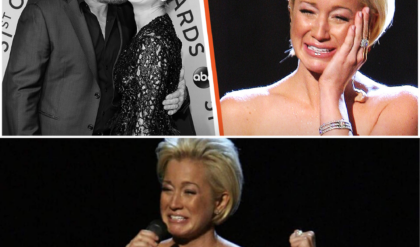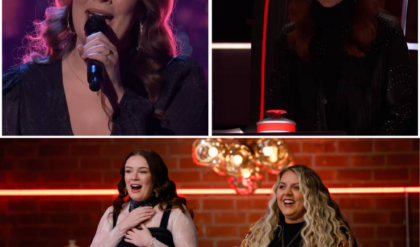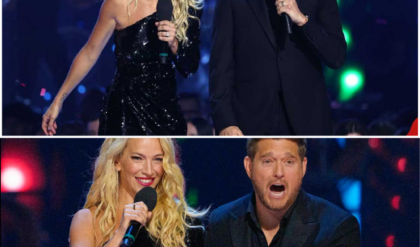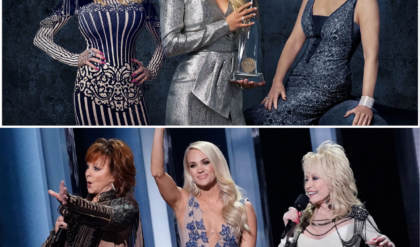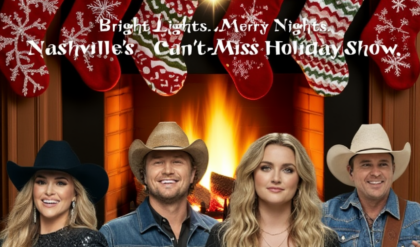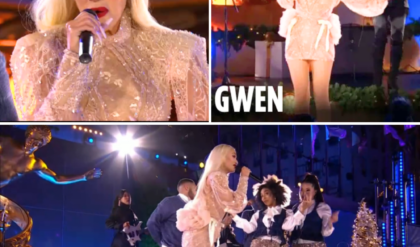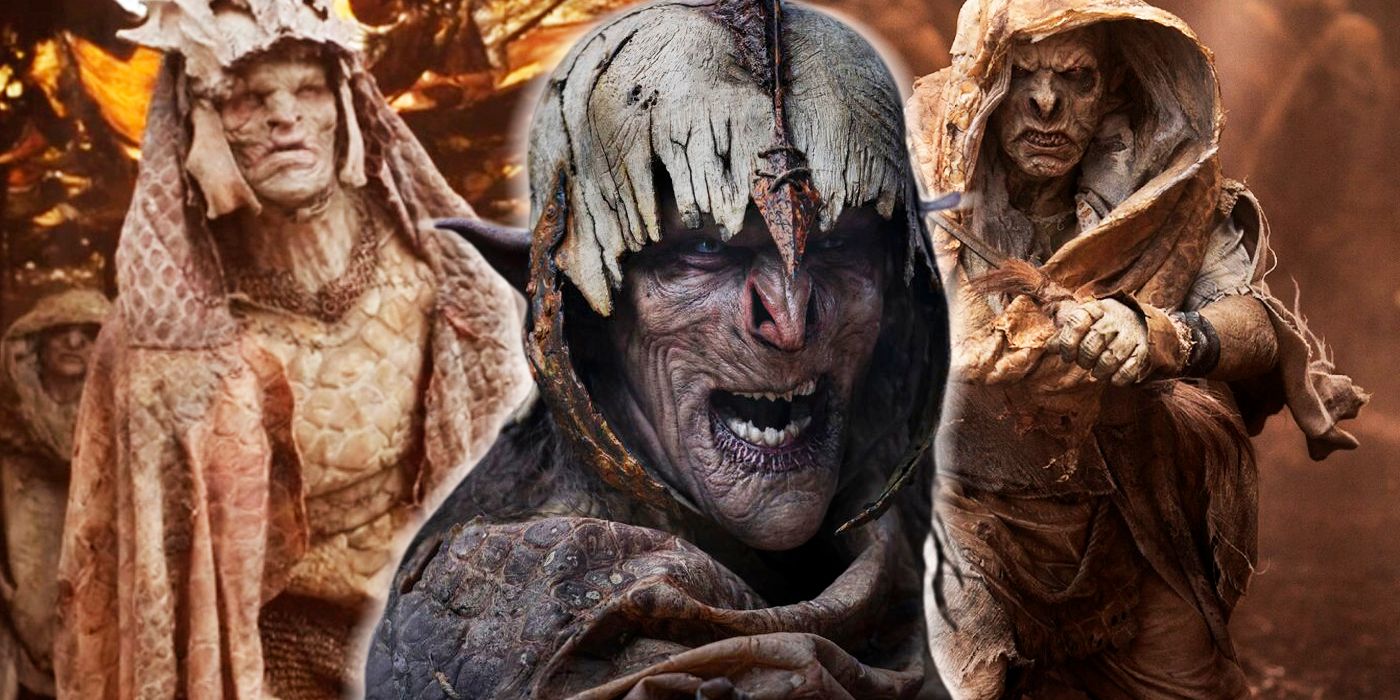
Adar and his Orcs were not a major focus of Season 2, Episode 3 of Prime Video’s The Lord of the Rings: The Rings of Power, but the one scene in which they appeared had fascinating implications for the lore of Middle-earth. A high-ranking Orc spoke with Adar about not wanting to go to war with Sauron. He wished to remain in Mordor since he believed that he and the other Orcs were safe there. Adar was sympathetic to his concerns, but he replied that the Orcs would never be safe so long as Sauron lived. After this conversation with Adar, he went over to another Orc who was cradling a bundle, seemingly a baby based on the whining noises it made. The pair of Orcs embraced and affectionately rubbed their faces together.
No other major adaptations of The Lord of the Rings have shown such acts of love between Orcs, nor have they shown any young Orcs — aside from the Uruk-hai in Peter Jackson’s film trilogy, who were fully grown and ready to fight from the moment they were born. This intimate moment between the Orc parents contained no dialogue, and it was interrupted after just a few seconds by the ominous arrival of Damrod the Hill-troll, but it immediately cast The Lord of the Rings‘ most iconic monsters in a surprisingly sympathetic light. In J. R. R. Tolkien’s lore, Orcs were usually in conflict with one another, yet The Rings of Power showed what appeared to be an Orc couple caring for their child and wanting to stay home to look after it. This tied into an overarching theme of the series, and it may be more significant to the plot than it initially seemed.
The Lord of the Rings Ignored the Inner Lives of Orcs
Named Orcs in The Lord of the Rings: The Rings of Power Season 1
Actor
Vrath
Jed Brophy
Lurka
Robert Strange
Bazur
Phil Grieve
Grugzûk
Edward Clendon
Magrot
Luke Hawker
Tolkien made no mention of Orcs having families in The Lord of the Rings, but the concept came up in his earlier novel, The Hobbit: Bolg, who led the Orcs during the Battle of the Five Armies, was the son of Azog, who had done the same during the War of the Dwarves and Orcs. In Jackson’s films, Azog treated Bolg as nothing more than a military subordinate. However, he was slightly more merciful to his son than he was to his other underlings; Azog usually killed Orcs who disappointed him — such as Yazneg, who he fed to his Warg — but Bolg received only some harsh words when he failed to kill Legolas and Tauriel. In the novel, Bolg and Azog never interacted, so it is unknown whether they had any love or even respect for one another in Tolkien’s version of the story.
It is possible that Azog and Bolg were not truly blood relatives. They might have used the terms “father” and “son” in a metaphorical sense, in much the same way that Adar calls The Rings of Power‘s Orcs his children. Tolkien’s other writings were similarly reticent about familial relationships between Orcs, but they did clarify a few facts. In a letter, Tolkien stated that female Orcs existed and that they simply did not appear in his novels. In the section “Of the Coming of the Elves and the Captivity of Melkor” from The Silmarillion, he elaborated that Orcs reproduced in “the manner of the Children of Ilúvatar,” those being Elves and Men. This meant that Orcs indeed had biological parents, though Tolkien never wrote about baby Orcs. In the chapter “Riddles in the Dark” from The Hobbit, Gollum referred to an Orc as a “young squeaker,” which some fans have interpreted as a child, but this was a vague statement.
The Orc Baby Might Be Important to The Rings of Power’s Future
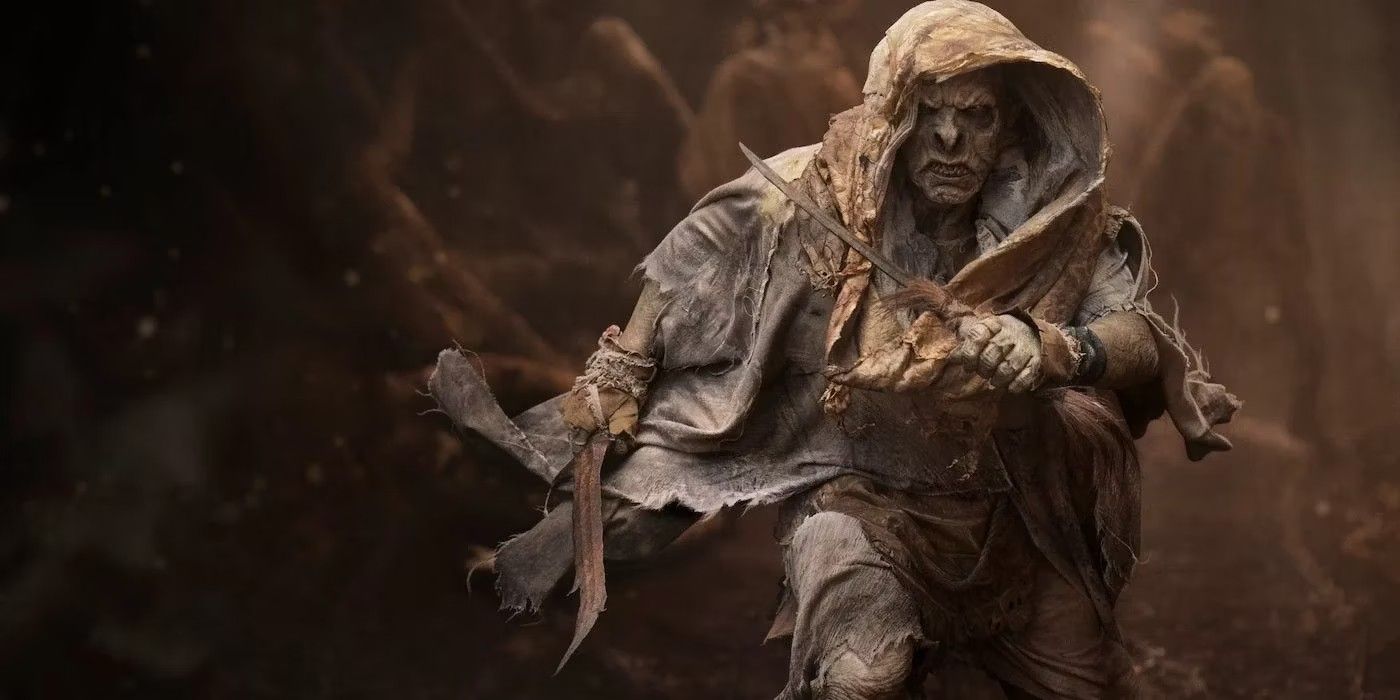
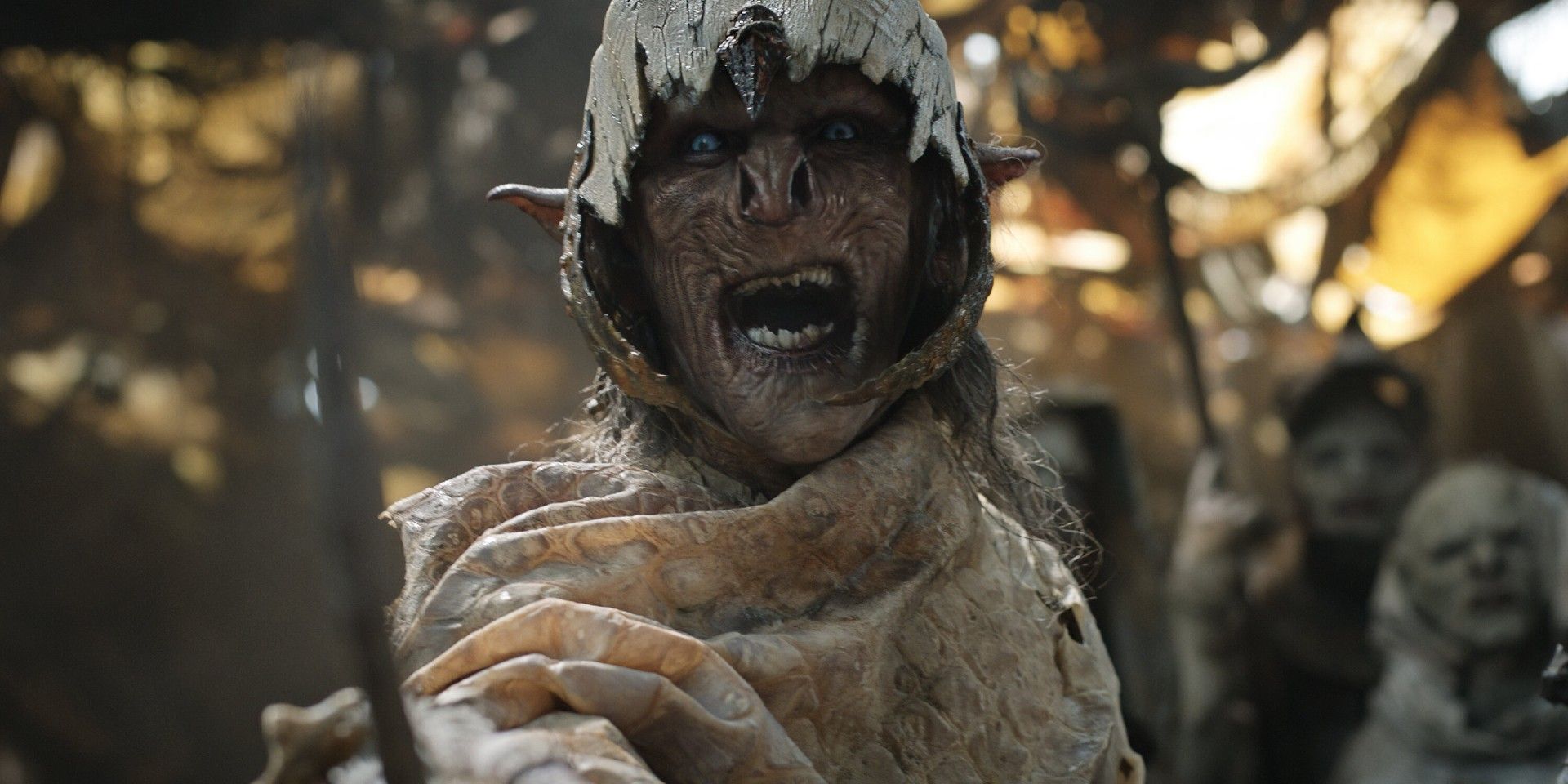
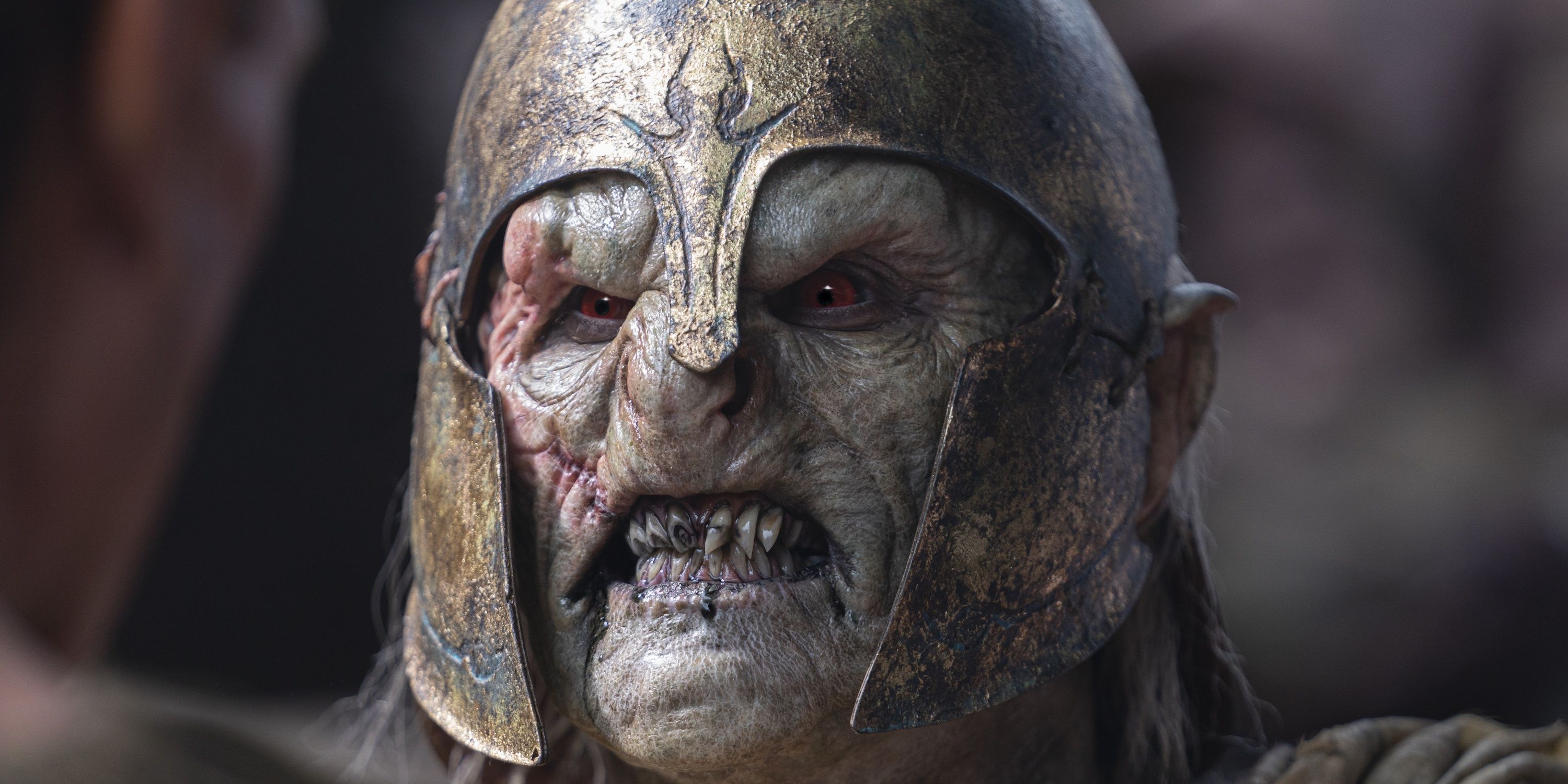
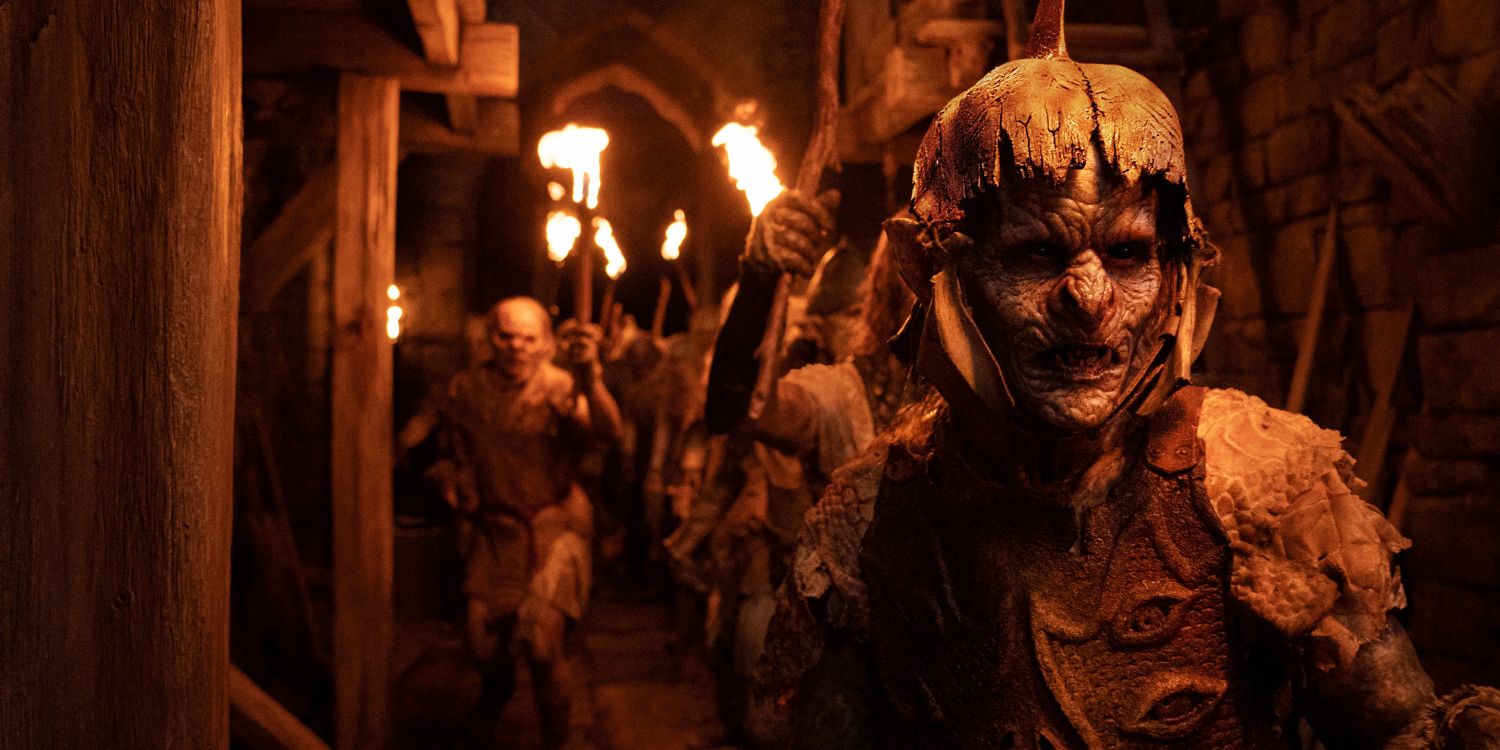
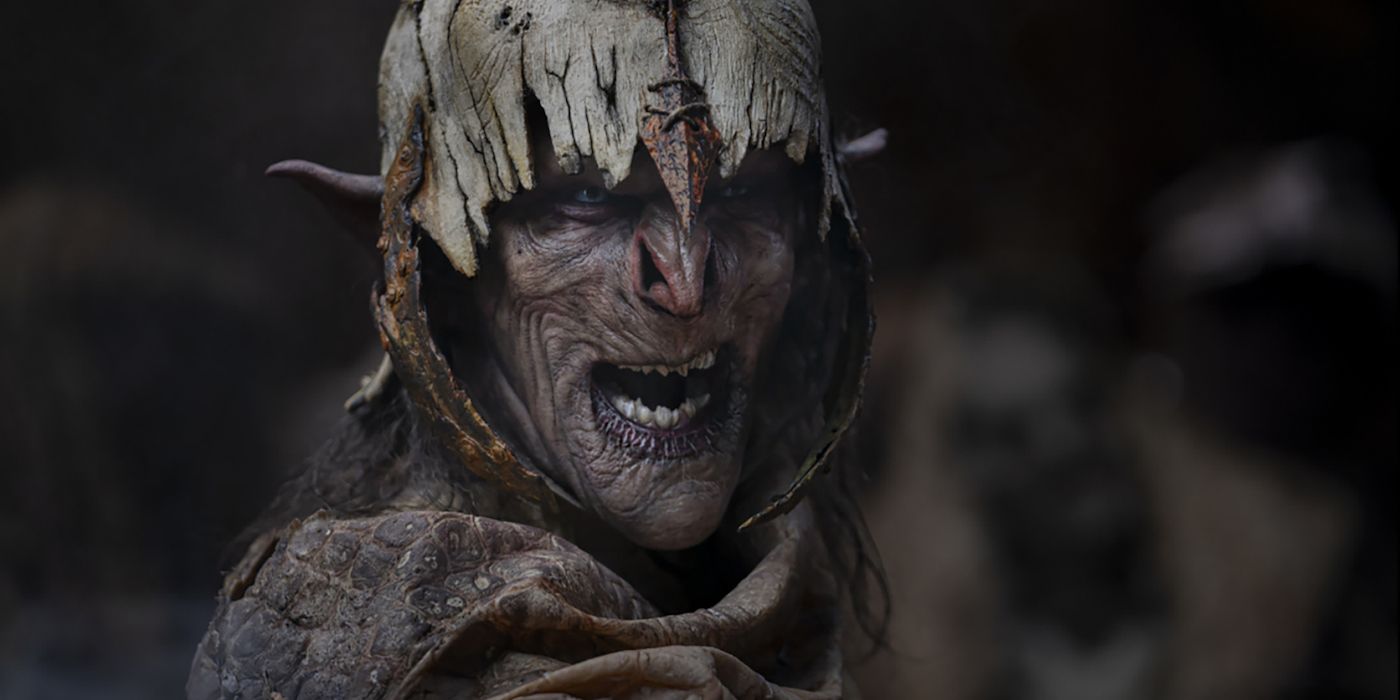
Adar’s name means “Father” in the Elvish language of Sindarin.
Tolkien also left unclear how Orcs aged. Despite likely having Elven origins, they were not immortal like Elves, but since Orcs were constantly involved in violent conflicts, it would have been exceedingly rare for one to die of natural causes. Bolg was alive during the Battle of Azanulbizar in the year 2799 of the Third Age, so he must have been at least 142 years old during the events of The Hobbit in 2941. Yet this may have been an exceptionally long lifespan for an Orc; according to the section “Myths Transformed” from Morgoth’s Ring, Orcs were “by nature short-lived compared with the span of Men.” Orcs might have matured much more quickly than Middle-earth’s other races, as evidenced by how quickly Morgoth, Sauron, and Saruman were able to create their massive Orc armies. This would explain the absence of young Orcs in the stories.
The Rings of Power‘s baby Orc may never show up again, but it could instead be part of a future storyline. So far, the heroes of the series have been merciless towards Orcs. For example, in the episode “Udûn” from the first season, Galadriel told Adar,
Your kind was a mistake. Made in mockery. And even if it takes me all of this Age, I vow to eradicate every last one of you. But you shall be kept alive, so that one day, before I drive my dagger into your poisoned heart, I will whisper in your piked ear that all your offspring are dead and the scourge of your kind ends with you.
One of The Rings of Power‘s heroes might kill the Orc parents and find the orphaned baby afterward, leading them to reconsider their bloodthirsty stance. The series could use the Orc baby to explore the themes of nature versus nurture and whether Orcs are inherently evil. Perhaps non-Orcs will end up raising the Orc baby; or, since the baby was not actually shown, perhaps it is a non-Orc baby that the Orcs will end up raising.
The Rings of Power’s Orcs Are More Than Just Monsters
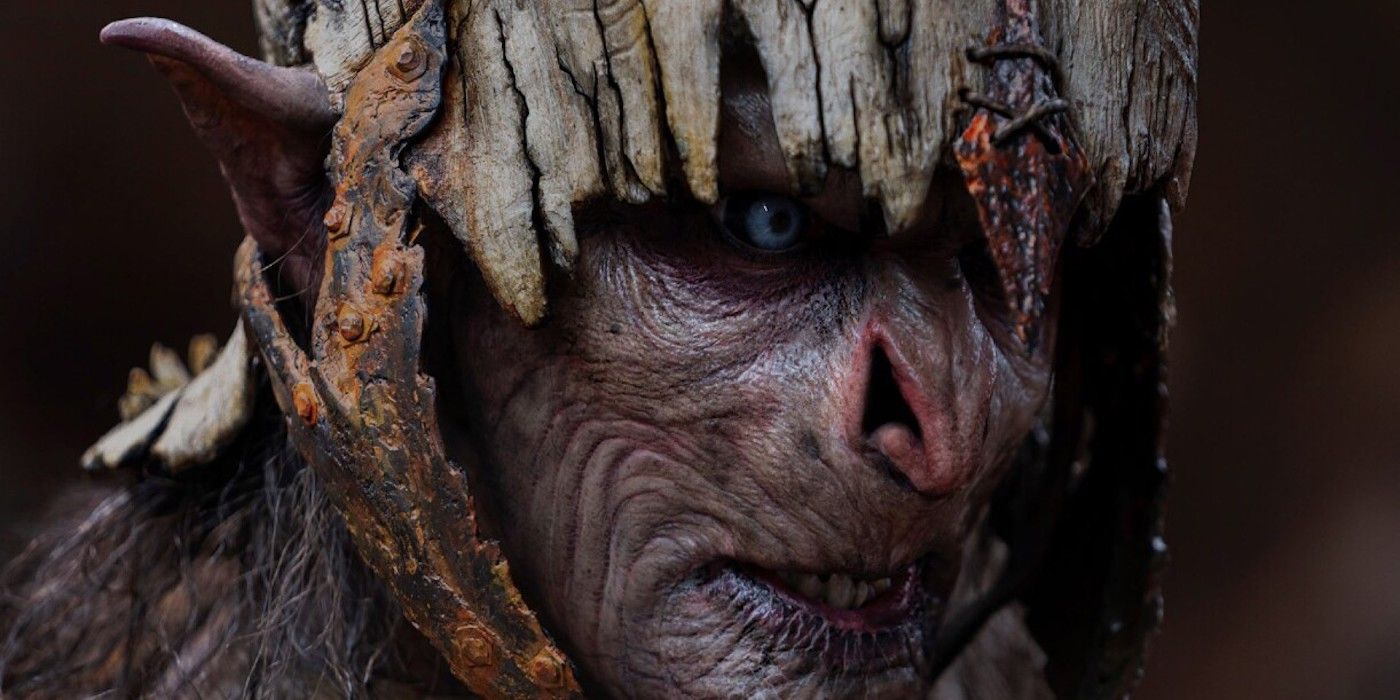
In the novel, Azog died before the events of The Hobbit, so Bolg was the main Orc antagonist.
The first season of The Rings of Power already expanded the concept of what an Orc could be. In Jackson’s films and most other adaptations, only male Orcs appeared, but The Rings of Power introduced some female Orcs. Earlier in “Udûn,” Adar addressed the Orcs as “brothers and sisters,” and actresses Ellyce Bisson and Hori Ahipene were credited as unnamed Orcs in that episode. However, the series did not draw attention to it, and under the Orcs’ heavy prosthetic makeup, it was difficult to notice. An exploration of motherhood among Orcs would be a fascinating way to further examine Orc culture.
The Rings of Power has aimed to make its Orcs more sympathetic. They are certainly evil, and at times, they display an even greater brutality than those of Jackson’s films, yet they also have relatable needs and desires. They want a safe place to call home in which they can raise their families. In Tolkien’s writings, Morgoth, Sauron, and Saruman considered the Orcs disposable pawns, but Adar genuinely cares for his children. In turn, they look up to him, and they serve him out of love rather than fear. This additional layer to the nature of Orcs makes the ongoing conflict between them and the Free Peoples of Middle-earth more morally complex.
